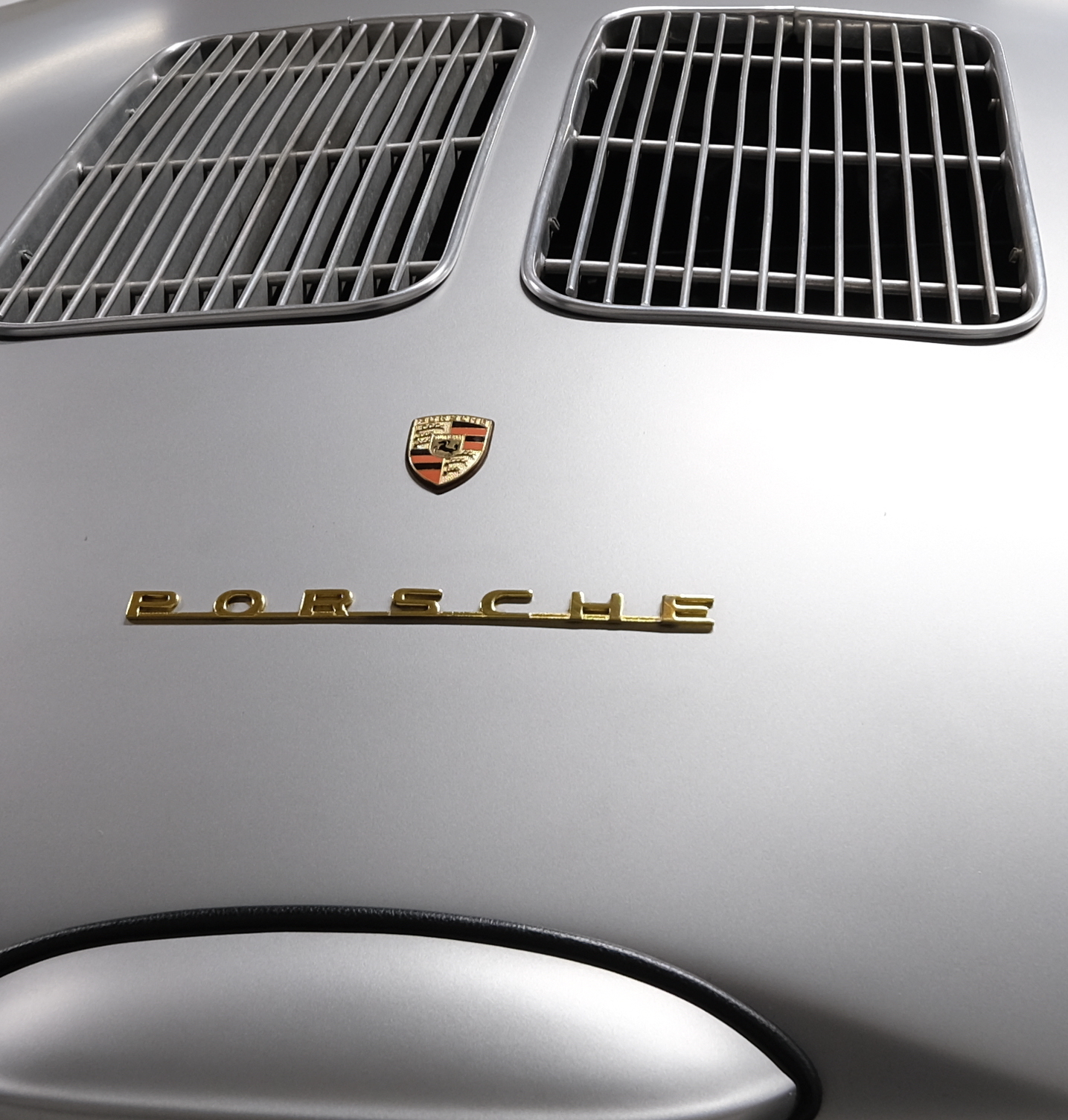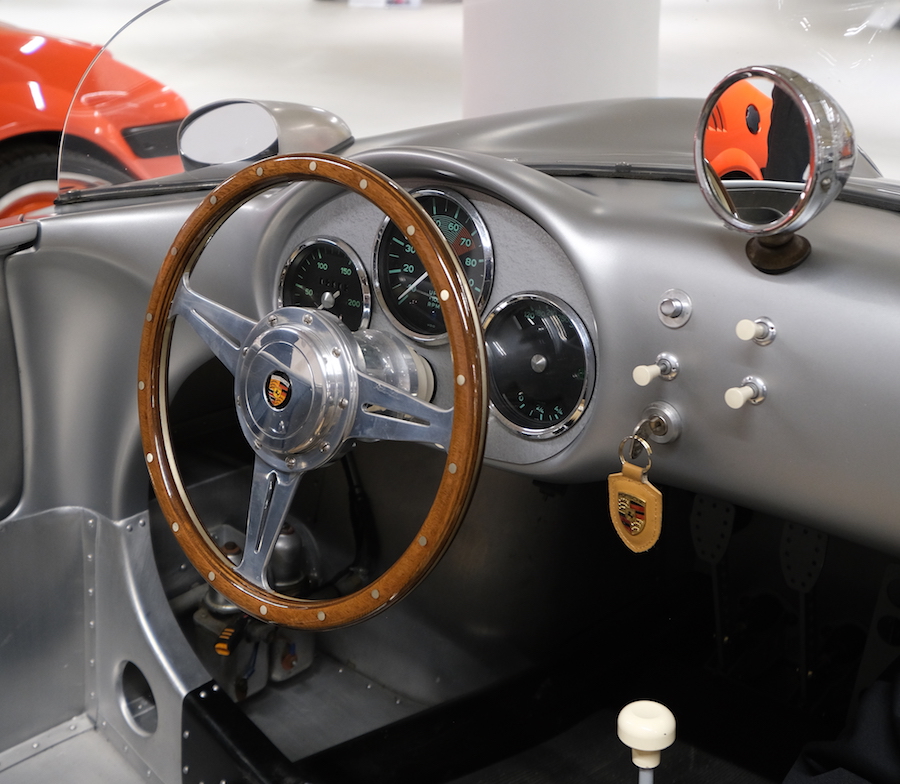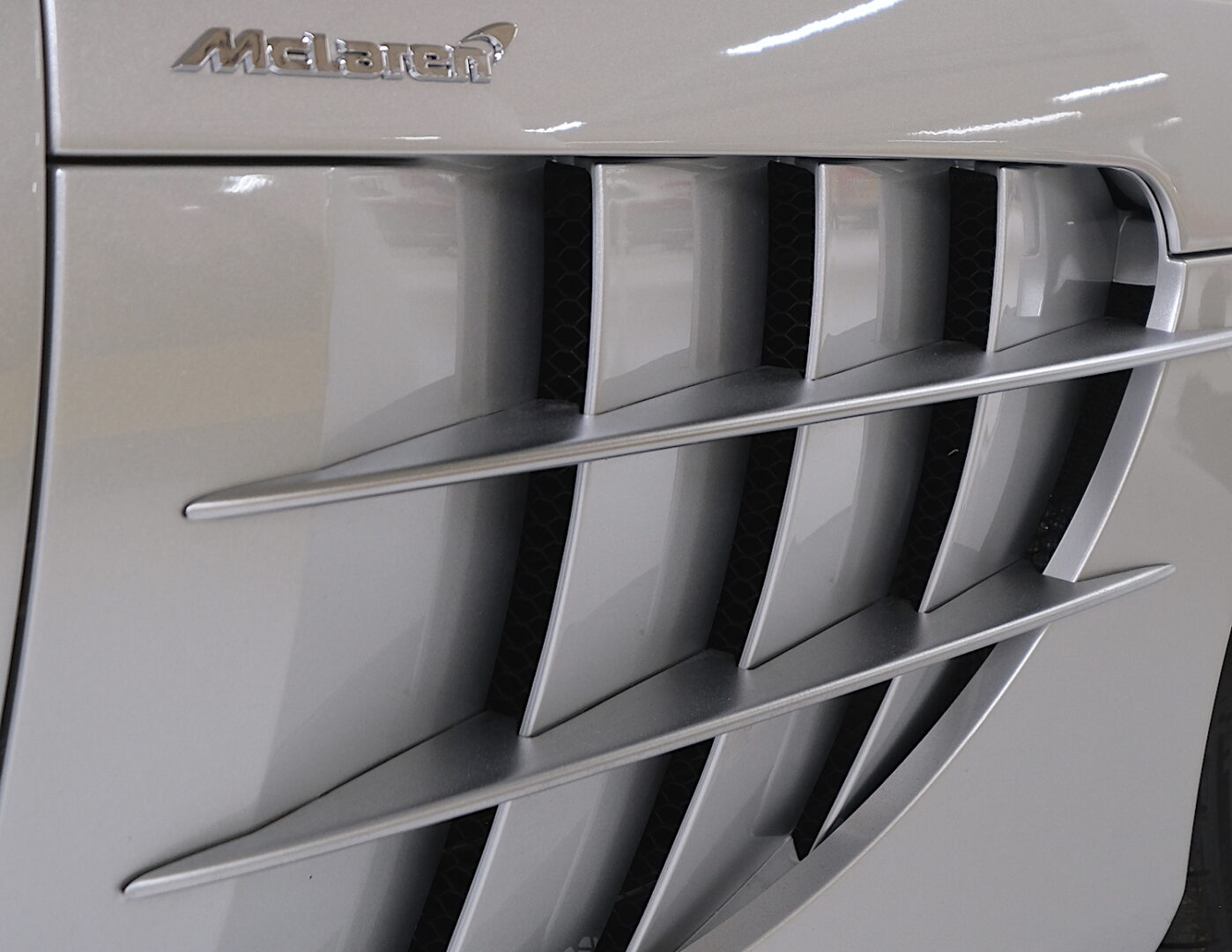We ensure your classic car stays in A1 condition
Classic cars are pieces of history, and so their owners have the heavy responsibility of protecting them. Luckily, if you’re as passionate about classic cars as us, you’ll find that keeping your car in tip-top condition is one of the most satisfying and rewarding ways to spend your time. But that doesn’t mean that most of us aren’t short on time, and our classic cars don’t always get the attention and care they need, impacting their value in the long term.


Neglected classic cars that are also stored in inappropriate conditions will eventually begin to degrade, resulting in problems like rust on the body and mould growth in the interior- this will make for expensive repairs and can turn the maintenance of your classic car into more of a chore and burden than a passion.
To prevent this, you’ll need to tick a few boxes in terms of a full maintenance regime, including certain environmental controls for your car.
These include:
- Checkups
- Carrying out maintenance yourself
- Joining a classic car community
- Preventing damage before it occurs
- Using desiccant dehumidification
If you follow these steps to store your classic car, you can rest assured it will be protected. Let’s take a closer look at the specifics of each point.
Checkups
Most of us are used to taking our ‘everyday’ car in for its annual MOT, but the same rules of roadworthiness may not apply to your classic car. In 2018, it was declared that cars built over 40 years ago would be exempt for the annual test. Instead, tests became voluntary.
However, not every 40+-year-old car is subject to the exception (mainly if the cars have undergone substantial change). You can read the finer details here.
While the new checkup rules mean there’s more flexibility for classic car owners and more drivers can once again drive their cherished car on the roads, it also means there’s more risk. Common sense has to be applied to the upkeep of the car, as failing to do so could result in safety, as well as financial, implications. Car owners can face a £2,500 fine and three points on their license for taking it to the roads in a dangerous condition.
“Car owners can face a £2,500 fine and three points on their license for taking it to the roads in a dangerous condition”
Regular voluntary check-ups is a sure way to ensure the health and roadworthiness of your vehicle, so you can take to the roads with confidence.
However, checkups only really deal with problems as they occur. To maintain your classic car, you also need to think about what’s happening to it when it’s outside the MOT garage.
Carry out maintenance yourself
While you should ideally take your classic car for an MOT on an annual basis, there are things you can do to look after the vehicle in between checkups.
Regular checks and maintenance you can carry out independently include:
- Tyre checks (tread, pressure)
- Bulbs
- Change windscreen wipers
- Fluid levels (engine oil, coolant, brake fluid)
- Change air filters
- Replacing spark plugs
- Replacing a blown fuse
- Installing new headlight and tail lights
All of these examples are either free or low-cost and if you already know your way around a car (as many classic car owners do), it should be a straightforward task which can save you money in the long run.
Another benefit of carrying out smaller maintenance tasks yourself is that you’re going to save the cost of taking it to a garage for repairs. However, there is a limit to the self-care and self-maintenance and your classic car will still need checkups.
There’s nothing like having access to up-to-date insider knowledge, advice and updates about maintaining your classic car. You can do just that by joining a classic car group, club, community or forum.
At the time of writing, the world is still amidst the COVID19 lockdown, so while you may not be able to meet face to face, you can get stuck in online- there are plenty of choices when you search on Google, so finding the perfect group to suit you isn’t a problem.
These groups provide a space for sharing ideas and keeping up the social aspect of a classic car hobby while social distancing prevails.

Prevent damage to your vehicle before it occurs
Perhaps you’re reading this article thinking ‘but I already do all of these things’. However, it’s one thing to invest your own time and physical labour into the care of your classic car, but what happens when the car is just sat in its garage/storage space?
What many classic car owners take for granted is the implications of poor environmental control, thinking that if the car is in ‘dry’ storage with a car cover or dehumidifier bag, it will be taken good care of. The truth is quite the opposite.
In the UK, we experience one of the highest average relative humidities (RH) in the world. This means that 80% of the UK’s air will be saturated with water molecules on an average day, and just because your car is technically sheltered doesn’t mean that it’s safe from the damaging impacts of humidity.
“What many classic car owners take for granted is the implications of poor environmental control”
When it comes to classic cars, humidity can become a particular nightmare. Not only are you battling with the impacts of high humidity to prevent rusting and the accompanying problems that come with that, but you also have the issue of the interior.
Many classic car owners are proud of their original leather interiors, while some may opt for expensive refurbs. Whether original or refurbished, having too low a humidity will dry out and eventually crack the leather. If original, a replacement refurb takes the car another step away from the authentic condition of when it was first made while paying for another expensive refurb can feel like money down the drain.
Ideally, the RH of your classic car’s environment should sit at 40-60% RH. But what solution can be used to maintain optimum conditions?
The solution
A desiccant dehumidifier unit is an energy-efficient and cost-effective solution to protect your classic car from the damaging effects of humidity by dealing with the problem at its source.
The unit regulates the RH within a preset window so that you can adapt your environment to your own specifications. For example, for your classic car storage, the moisture level will sit between 40-60% RH.
The system monitors the environment, quietly turning itself on as the RH approaches 60% to remove moisture from the air and turning off as the RH approaches 40% RH. As a result, the whole car, from the leather exterior to the metal of the body, is safe from humidity damage, and you can rest assured that your classic car is been taken care of when you’re not there.
Conclusion
Ultimately, classic car owners and collectors make up many of the custodians of our rich history of classic cars, supplementing the hours of enjoyment, purpose and adventure brought by the vehicle, leaving many feeling a sense of duty to maintain the car in its pristine condition. Along with the other essential aspects of classic car care, a desiccant dehumidifying unit is the solution you need to protect your pride and joy.
